Editor’s Note: The Astana Times continues its series of articles, Exploring Kazakhstan, City by City, in the beautiful town of Kostanai. We are setting out to unveil the rich diversity of cities to bring you closer to the heart and soul of Kazakhstan.
ASTANA—Kostanai is a small, green city in northern Kazakhstan. Its rich history is evident at every turn, perfectly matching with its modern aspirations. Nestled on the Tobol River, Kostanai is a must-visit on one’s Kazakhstan itinerary to embrace the full diversity of the country.
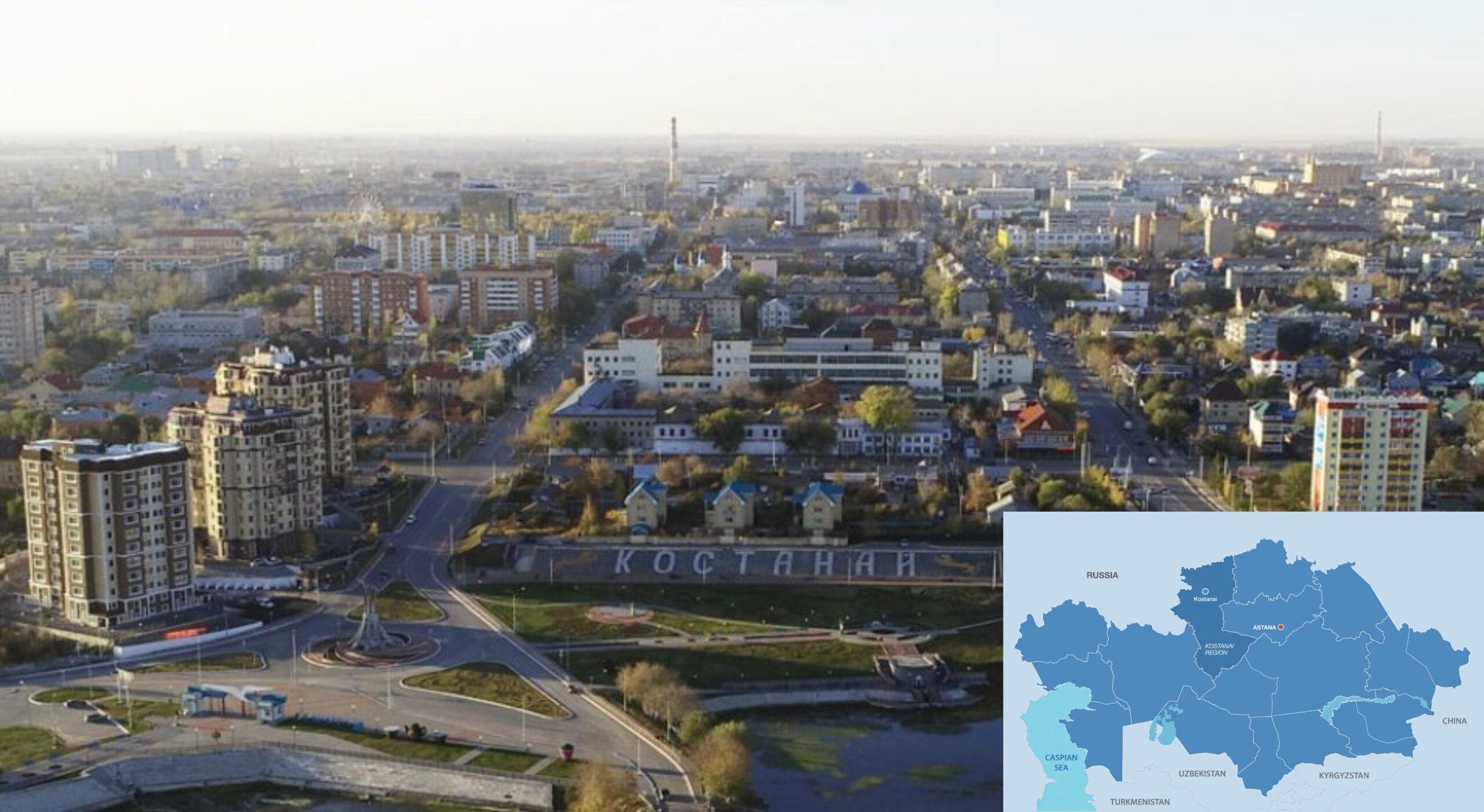
Kostanai is a hidden gem in the Kazakh steppes. Photo credit: kstnews.kz Click to see the map in full size. The map is designed by The Astana Times.
Founded in 1879 as Nikolaevsk, Kostanai has grown from a small agricultural settlement to an emerging urban center spanning 242 square kilometers. It is almost three times smaller than the Kazakh capital, Astana.
The city’s population exceeds 269,000.
Economy and investments
The Kostanai region’s economy is the lifeblood of the region. Having rich, fertile lands, the region is a major player in Kazakhstan’s agricultural sector, producing vast quantities of wheat and other grains. As of May 2024, the area of agrarian lands reached 11,892 hectares.
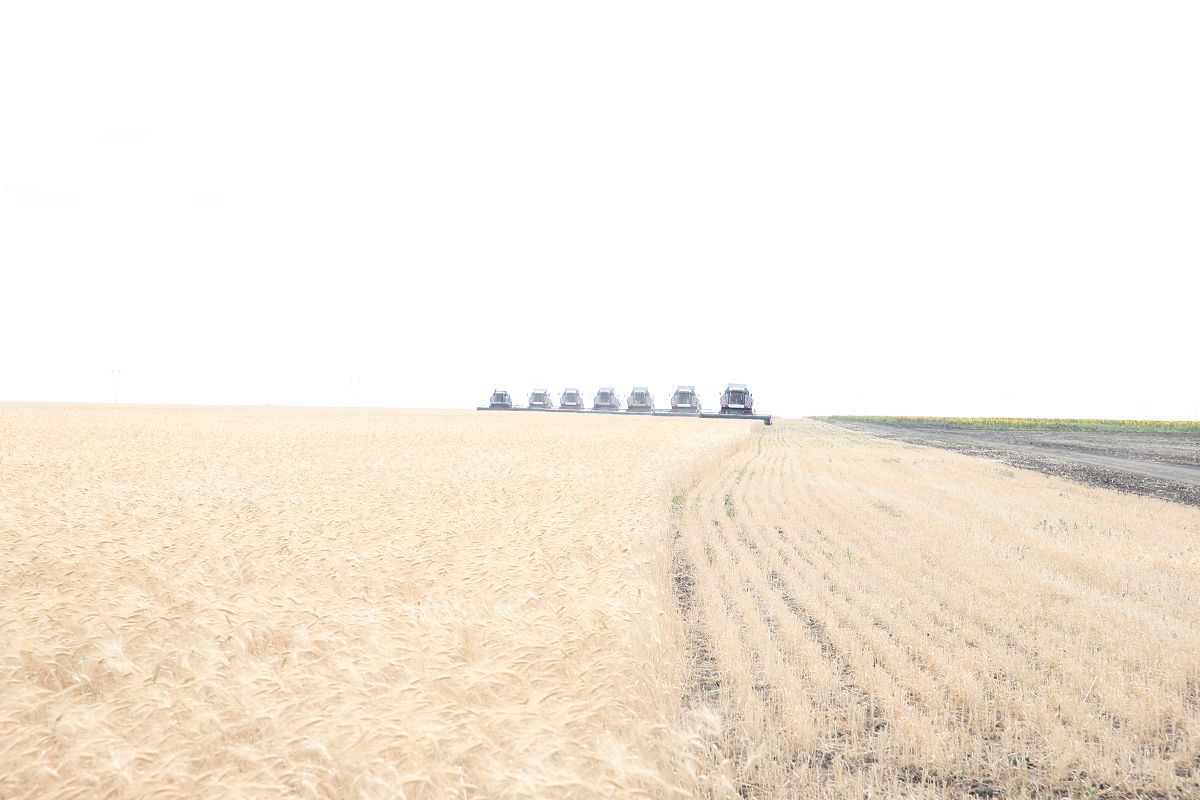
The region boasts vast agricultural lands. Photo credit: primeminister.kz
This agricultural capacity is complemented by a thriving industrial scene, with factories rolling out machinery and automobiles that drive the local economy forward. The region is also a unique iron ore and bauxite base of the nation, possessing 92.6% of the country’s iron ore reserves, 98.2% of bauxite reserves, and 81.2% of cobalt reserves, data from the Invest in Kostanai website indicates.
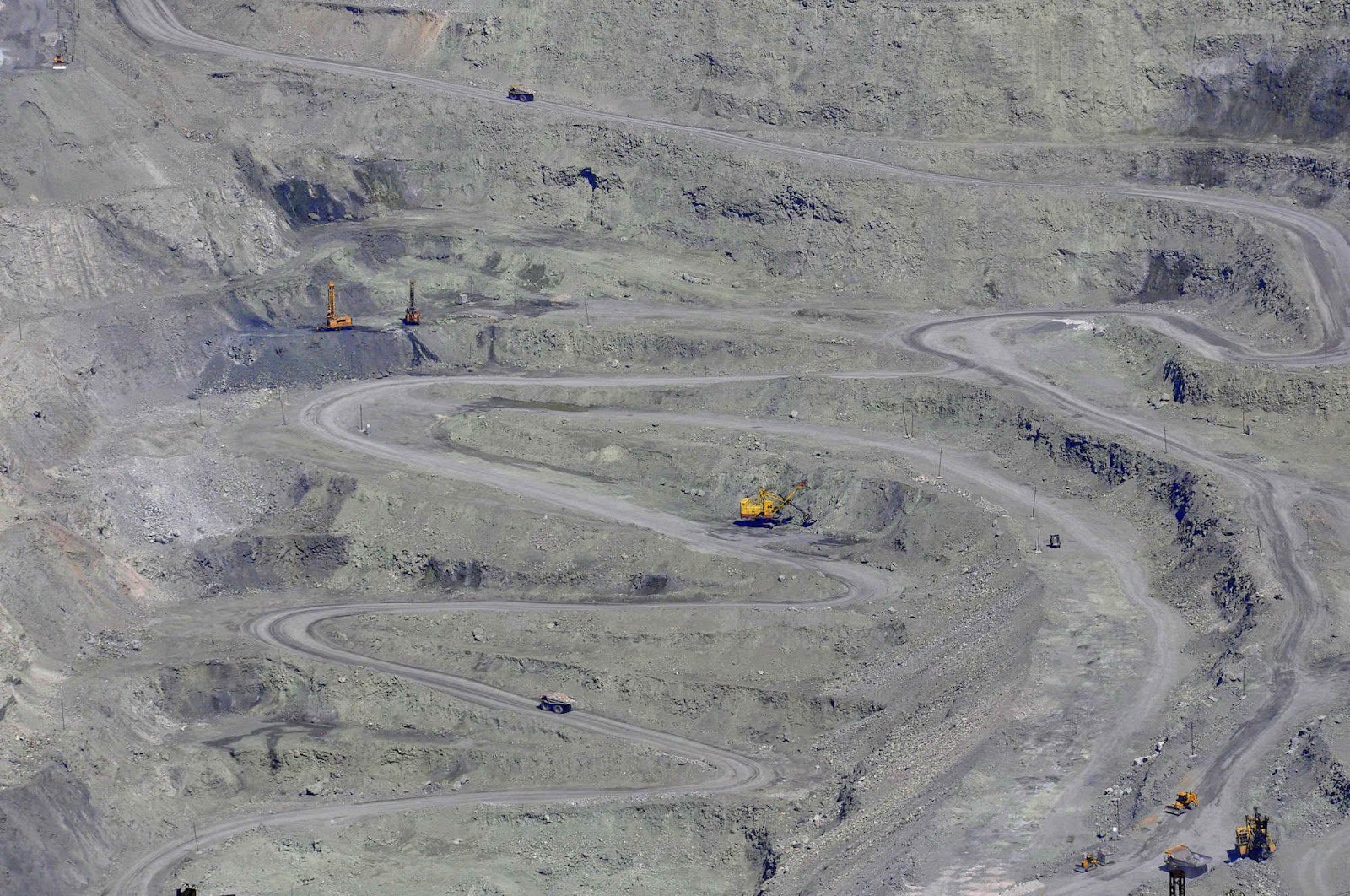
The mining industry represents over 40% of the region’s total industrial output. In the depths of Kostanai, 35 different types of minerals have been discovered, including bauxite, asbestos, iron, cobalt, nickel, gold, copper, molybdenum, and more. Photo credit: primeminister.kz
According to the data from the city administration, there are 467 industrial enterprises. Between January and April 2024, the city’s industrial output made 522.2 billion tenge (US$1.2 billion).
Under the business support program, four investment projects worth 169.1 billion tenge (US$382.6 million) are being implemented and scheduled to launch in 2024 and 2025. These include an iron foundry plant, a plant for the production of primary gear reducers for truck-driving axles, a tractor assembly, and a service center for maintenance of agricultural machinery and a logistics terminal.
Outside the support program, 21 projects worth 461.6 billion tenge (US$1 billion) are scheduled to be commissioned in 2024 and 2025. Among them are a plant for the production of springs for rolling stock, the construction of a transport and logistics center for the storage and processing of agricultural products, the construction of a cheese production complex, a dairy farm, and an oil extraction plant.
The ambitious plans put Kostanai on the map as an economic powerhouse.
Rich history
Strolling through Kostanai’s streets, one can see charming historical buildings mixing perfectly alongside sleek modern structures.
Exploration of the city can start from the main historical square, where the city’s akimat (city administration) is located.

The city square. Photo credit: qostanai.qostanai.media
The Execution Wall historical monument is located in the square. It testifies to the brutal suppression of the Kostanai peasant uprising in March-April 1919. From the night of April 10, 1919, captured partisans and civilians were shot in the streets. Bullet marks are still visible on the surface of the wall.

The Execution Wall. Photo credit: Kostanai city akimat (city administration) website
The monument offers a glimpse into the region’s darker chapters and is a place for quiet reflection, making it one of the more solemn stops on a Kostanai itinerary.
The city is home to a diverse population, including Kazakhs, Russians, Ukrainians, Germans, and other ethnic groups.

Maral Ishan Mosque, also known as Ak Mosque, is the oldest mosque in Kostanai. It was built in 1893 at the expense of local tatars. Photo credit: top-news.kz
During the Stalinist regime, Kostanai played a significant and somber role as a destination for thousands of people who were forcibly deported from various parts of the Soviet Union. This period, marked by widespread political repression and mass deportations, profoundly impacted the demographic landscape of Kostanai.
This diversity is also evident in the city’s vast array of cultural and religious sites. Spacious mosques, churches, cathedrals, and temples coexist peacefully, like in many other places in multicultural and diverse Kazakhstan.
Cultural delights
There are plenty of museums to visit to learn more about the city’s history. The Kostanai Regional Museum of Local Lore provides a window into the city’s past, showcasing artifacts that tell the tale of its development. Founded in 1915, it is one of the country’s oldest museums, boasting over 150,000 items, nearly half of the entire museum collection in the region.
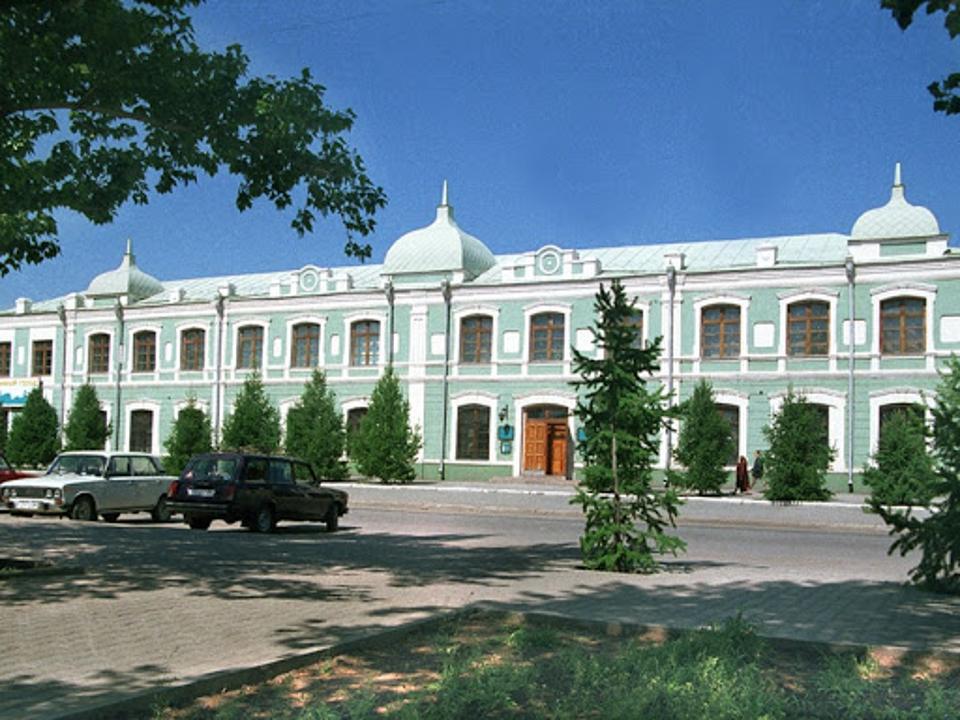
Kostanai Regional Museum of Local Lore. Photo credit: Kostanai Region’s Cultural Department website
The museum’s art collection includes nearly 4,000 paintings, graphics, and sculptures by leading artists from Kazakhstan, Russia, Ukraine, and the Caucasus. The museum’s archaeological collection features remarkable works.
Kostanai Regional Memorial Museum, named after Ybyrai Altynsarin, is also a must-see place where you can learn about the life and legacy of Altynsarin, a prominent Kazakh educator and reformer of the late 19th century, and his contributions to the development of education in Kazakhstan.

Ybyrai Altynsarin Museum. Photo credit: Kostanai Region’s Cultural Department website
The museum was established in 1991. It is located in the historical part of the city, next to the boarding school for gifted children named after Altynsarin, which he founded in 1884.
For cultural delight, visit the Kostanai Russian Drama Theater and the Kazakh Drama Theater, named after Ilyas Omarov. If there is a performance scheduled, it is worth catching a play to experience the local arts scene.
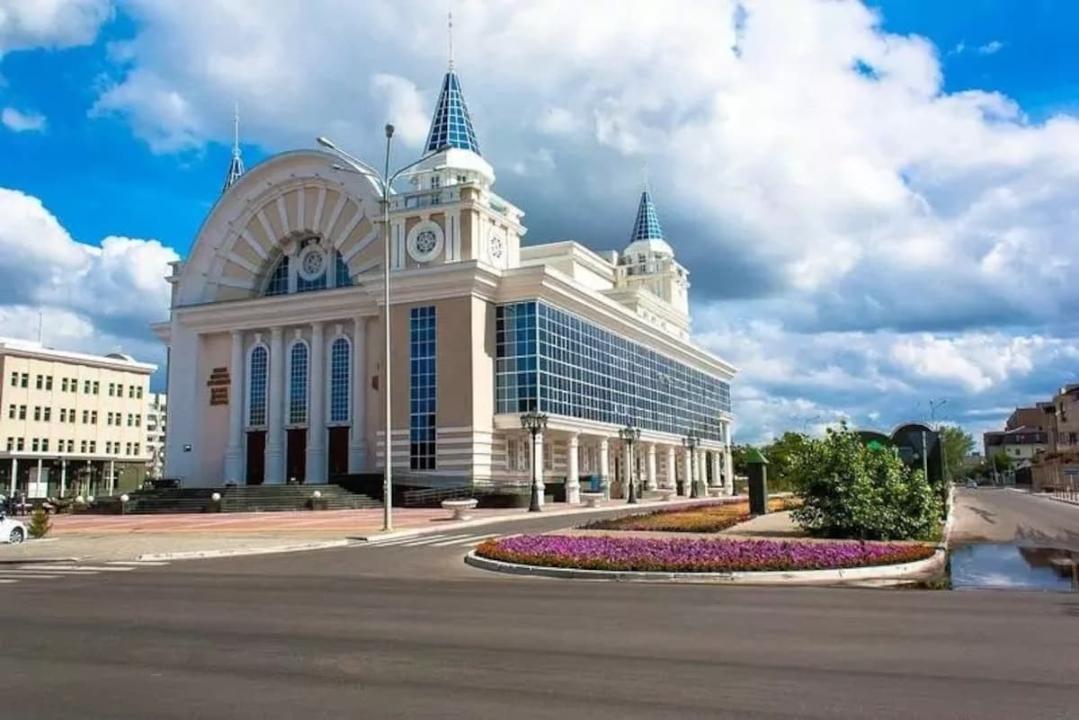
Kazakh Drama Theater. Photo credit: Kostanai Region’s Cultural Department website
The Russian drama theater has staged performances based on both contemporary plays and classical dramaturgy, such as “Lady Macbeth of the Mtsensk District” by Nikolai Leskov, “The Dancing Master” by Malcolm Arnold, and “The Marriage of Figaro” by Pierre Beaumarchais. The theater also experiments with its productions.
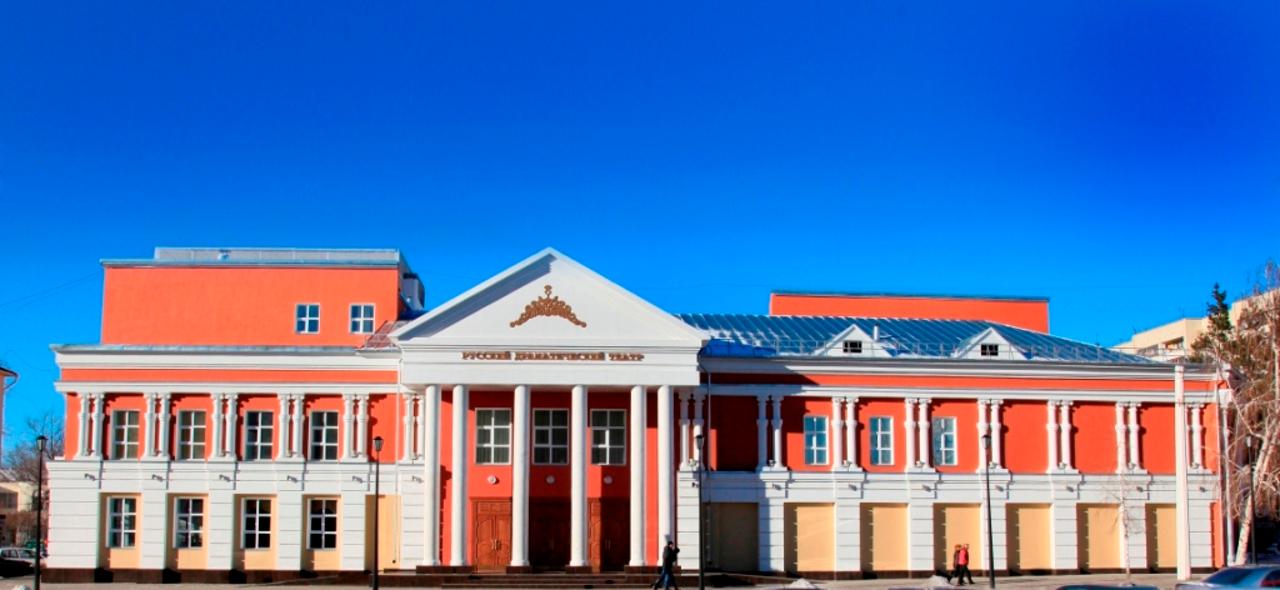
Russian drama theater. Photo credit: Kostanai Region’s Cultural Department website
The Omarov Kazakh Drama Theater is where you can experience the richness of Kazakh culture and enjoy performances that highlight the traditional and modern aspects of Kazakh drama.
Lush greenery and serenity
Kostanai is well-known among locals for its lush greenery. Whether walking in Central Park or along the Tobol River, everyone can enjoy a peaceful stroll in a serene environment with beautiful views.
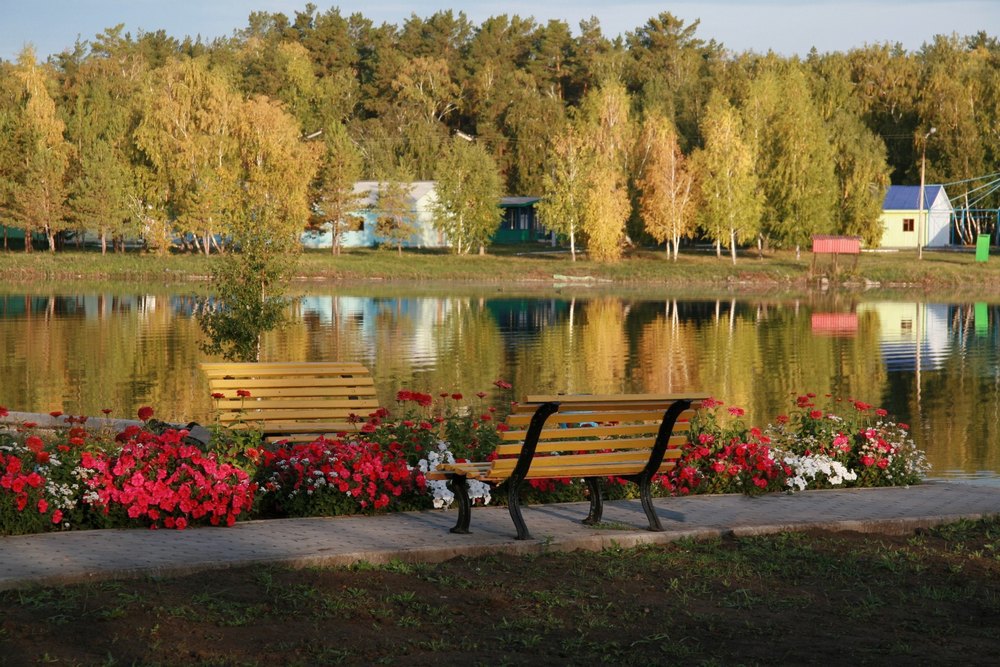
Near the Sosnovy Bor. Photo credit: sosnovyibor.com
Sosnovy Bor resort is a perfect destination if one wants to experience a more serene and tranquil atmosphere. Aptly named for its picturesque location amid lush pine woods, Sosnovy Bor, which translates as Pine Forest, is a popular destination not only among Kostanai residents but also from other regions.
Located 45 kilometers from the city, it is a renowned balneological resort offering treatments. It is famous for its healing mineral waters. These waters are used in various treatments to alleviate conditions such as gastrointestinal tract diseases, liver and biliary tract disorders, and metabolic issues.
Getting to and around the city
With booming air travel in Kazakhstan, getting to Kostanai will be easy. Kostanai International Airport offers regular flights from major cities in Kazakhstan, such as Almaty, Astana, Shymkent and Turkistan. Internationally, there are direct flights to Antalya and Moscow.
Train travel can be a delightful experience for those who appreciate the romance of the journey. Kostanai is well-connected by rail to other major cities in Kazakhstan and beyond. Direct trains run regularly to and from Almaty, Astana, Karagandy, and other key destinations.

Built in the late 19th century, the Cathedral of Constantine and Helena is a significant religious and architectural landmark in Kostanai. Photo credit: metropolia.kz
Traveling by train offers a unique opportunity to immerse oneself in the vast and beautiful landscapes of Kazakhstan, passing through picturesque scenery along the way. It also allows for more interaction with locals, as with people being hospitable and open, such journeys often end up in hours-long exchange of life stories.
More adventurous people can embark on a road trip from Astana to Kostanai. A drive of nearly eight to nine hours from the capital might include some bumpy roads, but it has all the chances to become a once-in-a-lifetime experience.
Accommodation can also be found on such popular platforms as Booking and Airbnb.
Gastronomic scene delights the soul
Like in every Kazakh city, there is no worry of being hungry. From hearty beshbarmak, a traditional Kazakh dish, to shashlik, the local gastronomic scene delights the senses and nourishes the soul.
All the meals are cooked from fresh produce coming from the region’s rich lands and from some of the world’s finest quality meat, given the region’s fertile pastures. Whether it is tender cuts of beef, lamb, or flavorful horse meat, Kostanai offers a culinary experience like no other.
Kostanai will also not disappoint those who find joy in sweets. The city is home to a major sweets and chocolate company Bayan Sulu, whose history goes back to 1974. The company became the region’s flagship brand.
The series previously featured Zhezkazgan, Shymkent, Taldykorgan, Karagandy and Ust-Kamenogorsk.


